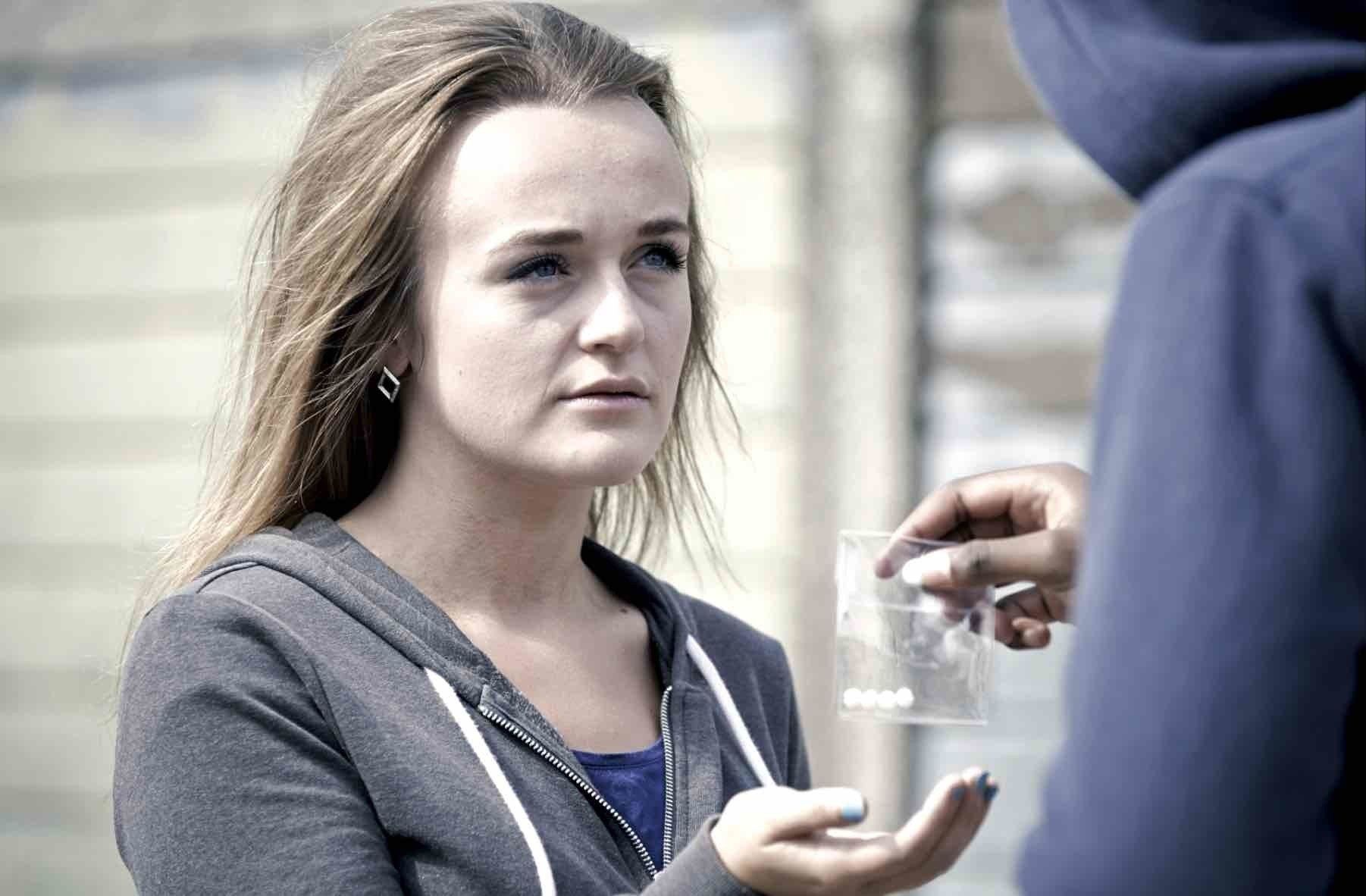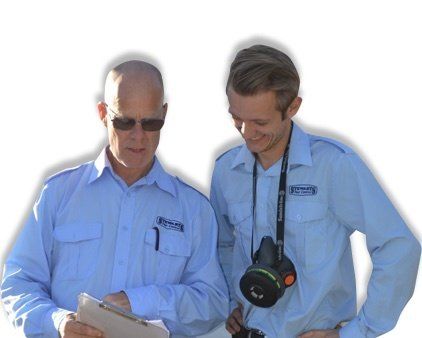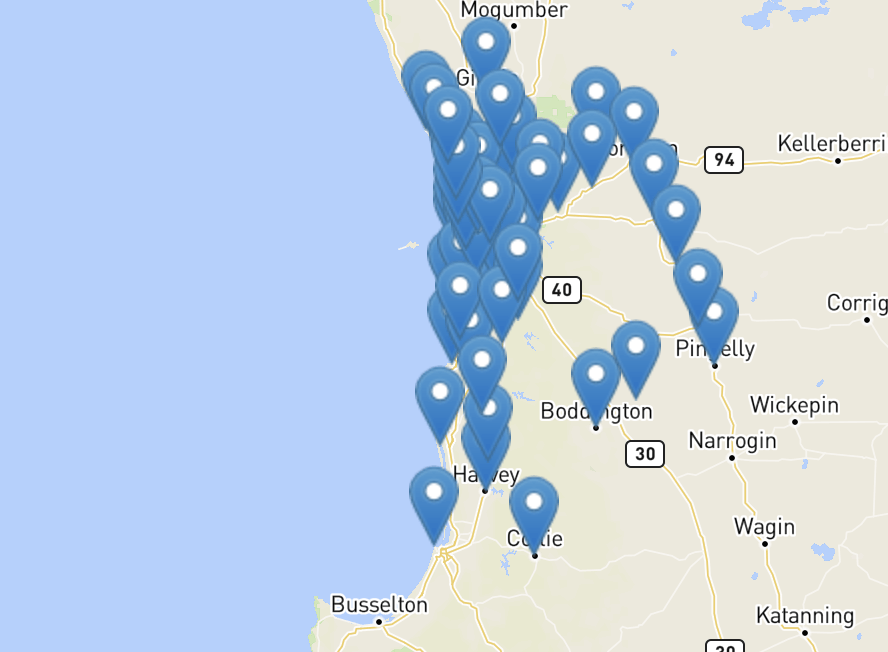Australian Code of Practice
How Meth Contaminates a Building
Monique Stewart • September 4, 2019
How does Meth Contaminate a Building?
When meth is smoked, the crystals are heated and change form. Those tiny particles that become airborne and do not make it into the user's system, will land on the walls, floors, ceilings and any soft furnishings. Once the smoke hits these surfaces, the drug embeds itself into the surface and eventually changes back to its original form, tiny crystals. When manufacturing, it’s the same principle, but worse. When manufacturing takes place, you deal with toxic chemicals like mercury, lead, iodine, lithium, and toxic solvents that could spill and become airborne through the cooking process. This is how a home becomes contaminated.
While other drugs are usually plant-based, meth is cooked up using these synthetic human-made materials. Just like our human-made friend, plastic, meth will break down eventually, but in the meantime, it affects the health of humans and animals coming in contact with it. The effects we are seeing include a persistent cough, asthma and ADHD like symptoms, decreased memory function, trouble sleeping, skin rashes, watery eyes, dizziness, and blurry vision —the list continues. While contamination is repeatedly effecting people of all ages who live in these homes, young children and pets are the ones most affected. This is because they come in contact with floors and walls though playing and bare skin contact more regularly than adults.
Innocent renters and home buyers are paying their way into sickness as these homes go undetected. It is recommended that methamphetamine rescue testing be carried out to protect yourself and your family from these health risks before you move into a rental house or purchase a property.
To find more information, check out the Stewarts Drug Testing blog. Here, you can find more information concerning health implications caused by living in a meth-contaminated home, along with the Australian Guidelines, how testing is carried out, and what you should do to protect your health and your family’s health.
Copyright © 2019 Monique Stewart.
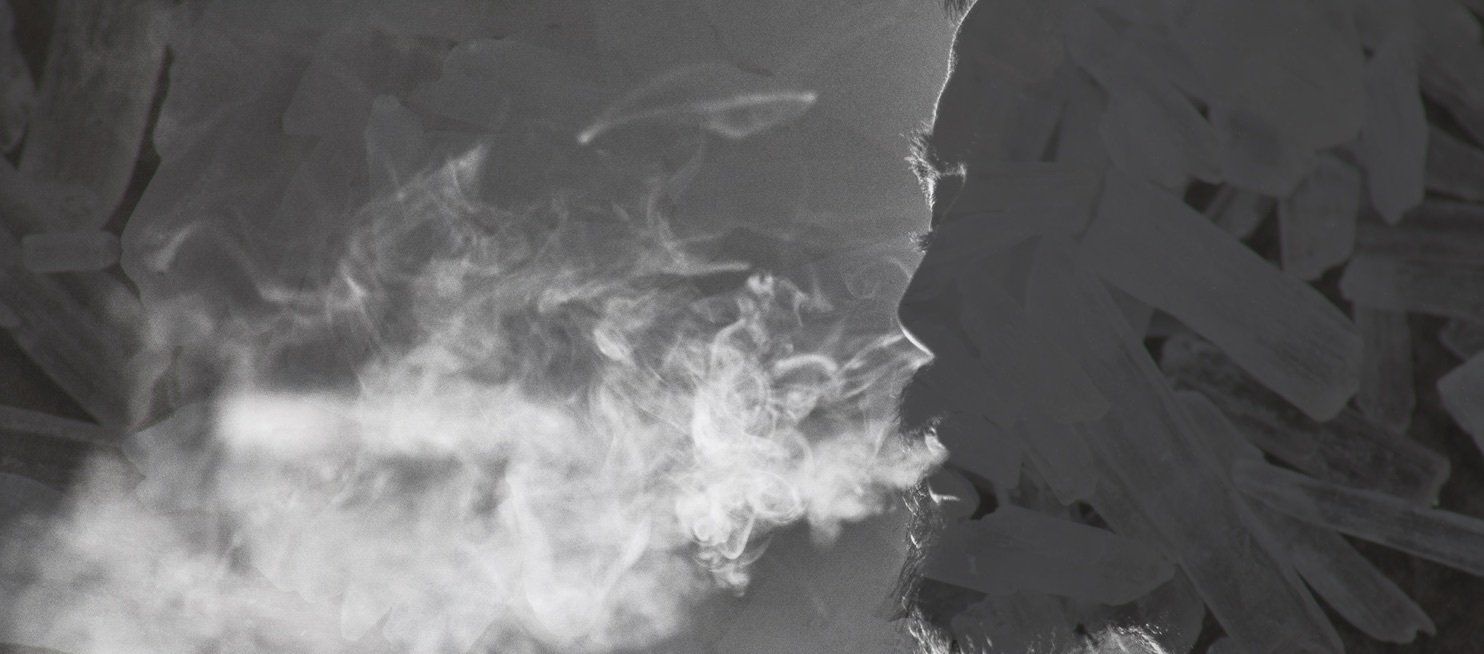

Do you rent out one of your properties as a short-stay apartment or home? Have you ever rented out a short-stay apartment/home for business or a holiday? Let’s get straight into it. A significant number of short-term holiday homes are being used to manufacture Methamphetamine. Yes, you read that correctly, they are being used as meth labs. In May this year, an Airbnb in Adelaide was found to have a meth lab set up by two gentlemen who rented the home for five nights. The police stumbled across the lab after responding to reports of a fire. The two men had only moved into the house just 24 hours earlier. They set up the meth lab within the property intending to set up the lab, manufacture Methamphetamine, pack up and leave within this short five day period being completely undetected, something that the Adelaide Police said isn’t uncommon in short-term rental properties. Meth labs don’t need to be a chemistry equipment style lab (like this setup); often there is no sign these types of drug labs even existed once they’re dismantled. What is left though is toxic, dangerous chemicals and meth residue for the next unsuspecting renter. This toxic residue can cause symptoms including persistent cough, asthma-like symptoms, trouble sleeping, ADHD, decreased memory function, skin rashes, watery eyes, dizziness and blurry vision—the list goes on. Although this incident is shocking, it is not a one-off occurrence. In December 2015, a similar situation happened in Queensland where police raided an Airbnb and found a meth lab set up for manufacturing meth. Not too long after this, in March 2016, an explosion occurred at the Meriton apartments in Queensland. It was said that a man was manufacturing meth at 5 a.m. in the holiday apartment when he was mixing chemicals that caused the explosion to happen.
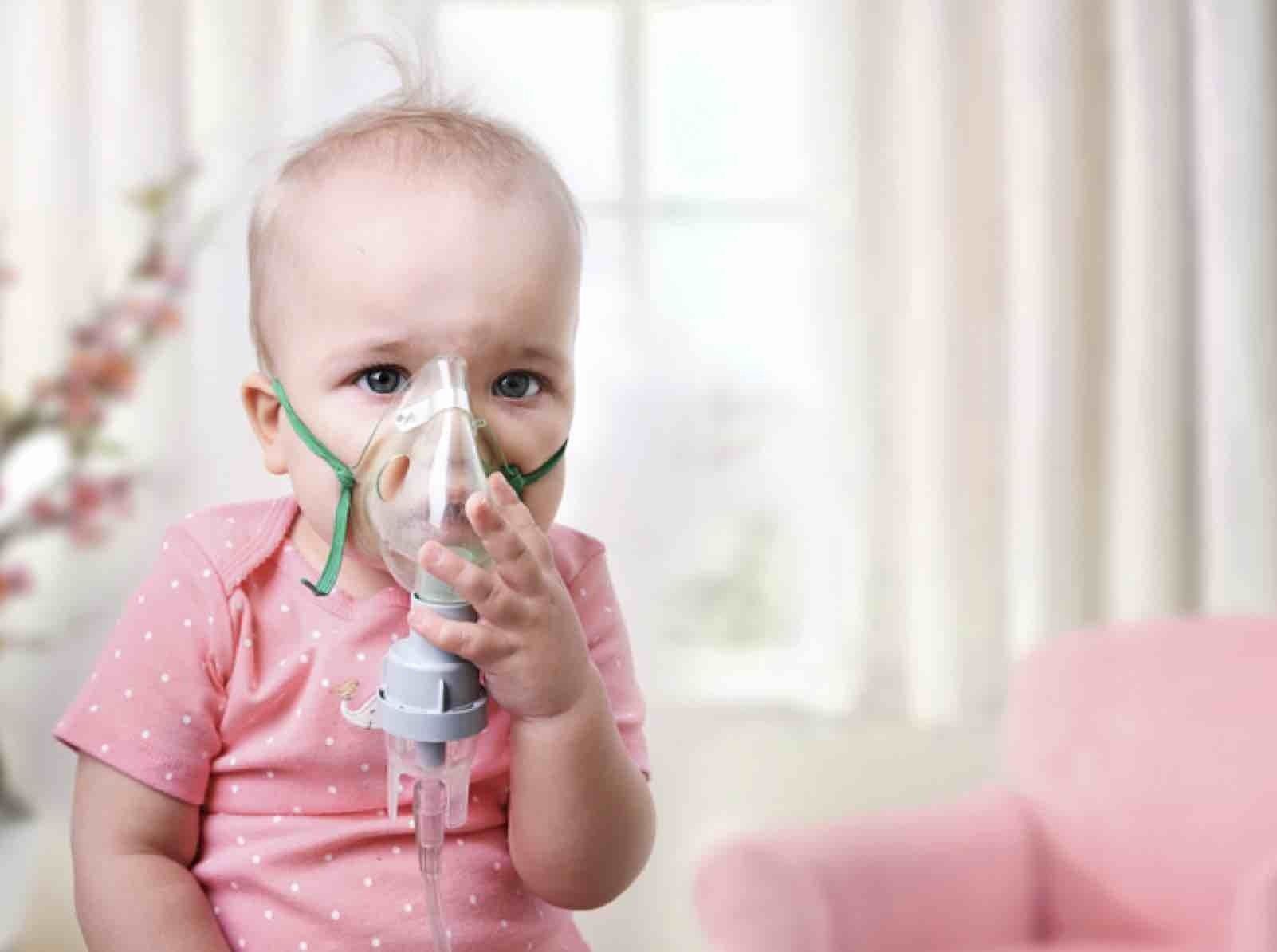
The adverse health effects of living within a methamphetamine-contaminated property are consistent. The impacts we are seeing are respiratory, cognitive and behavioural. These effects have included persistent cough, asthma-like symptoms, trouble sleeping, ADHD, decreased memory function, skin rashes, watery eyes, dizziness and blurry vision—the list goes on. Children tend to be more at risk of being affected by meth contamination as they play regularly coming into contact with walls, floors and other surfaces.
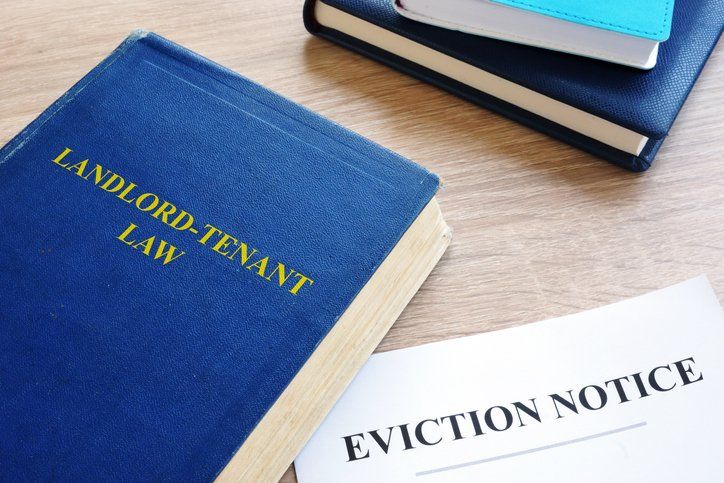
Property managers have a duty of care to the tenant, protecting their health and safety when living in the home. Any meth residue that has contaminated the property can cause significant health complications. This can present a liability risk by allowing a contaminated home to be occupied; the property manager may breach the Residential Tenancies Act in their state/territory or contravene building, environmental and health legislation, leaving landlords and agents exposed to legal action and claims for compensation. This blog will outline what to look for in a tenant who is using or manufacturing meth, how to work out if the property is contaminated, and what to do next!

I’m sure many of you have seen the headlines exposing the high presence of meth within our community. Western Australia specifically ranking above the national average with rates at 1.4% nationally and 2.7% in Western Australia in the same year. While funding from the government to crack down on the drug with the Western Australian Methamphetamine Action Plan will help, tens of thousands of homes have already been contaminated with many more at significant risk due to rising meth use and manufacture. The most shocking statistic though? It has been recorded that young children living in a meth-contaminated home have the equivalent level of meth in their system an adult meth user. Both manufacturing and smoking meth leaves a toxic chemical residue that stains and impregnates walls, floors, ceilings and carpets. When meth is manufactured, contaminants can include mercury, lead, iodine, lithium and poisonous solvents. Your body and young children’s bodies can take in this toxic residue in day to day life through touching and breathing. Sadly children are more susceptible to health risks due to their inquisitive nature. Exposure to meth residue can damage the nervous system, liver and blood production mechanisms, symptoms including headaches, irritated skin, and insomnia.




